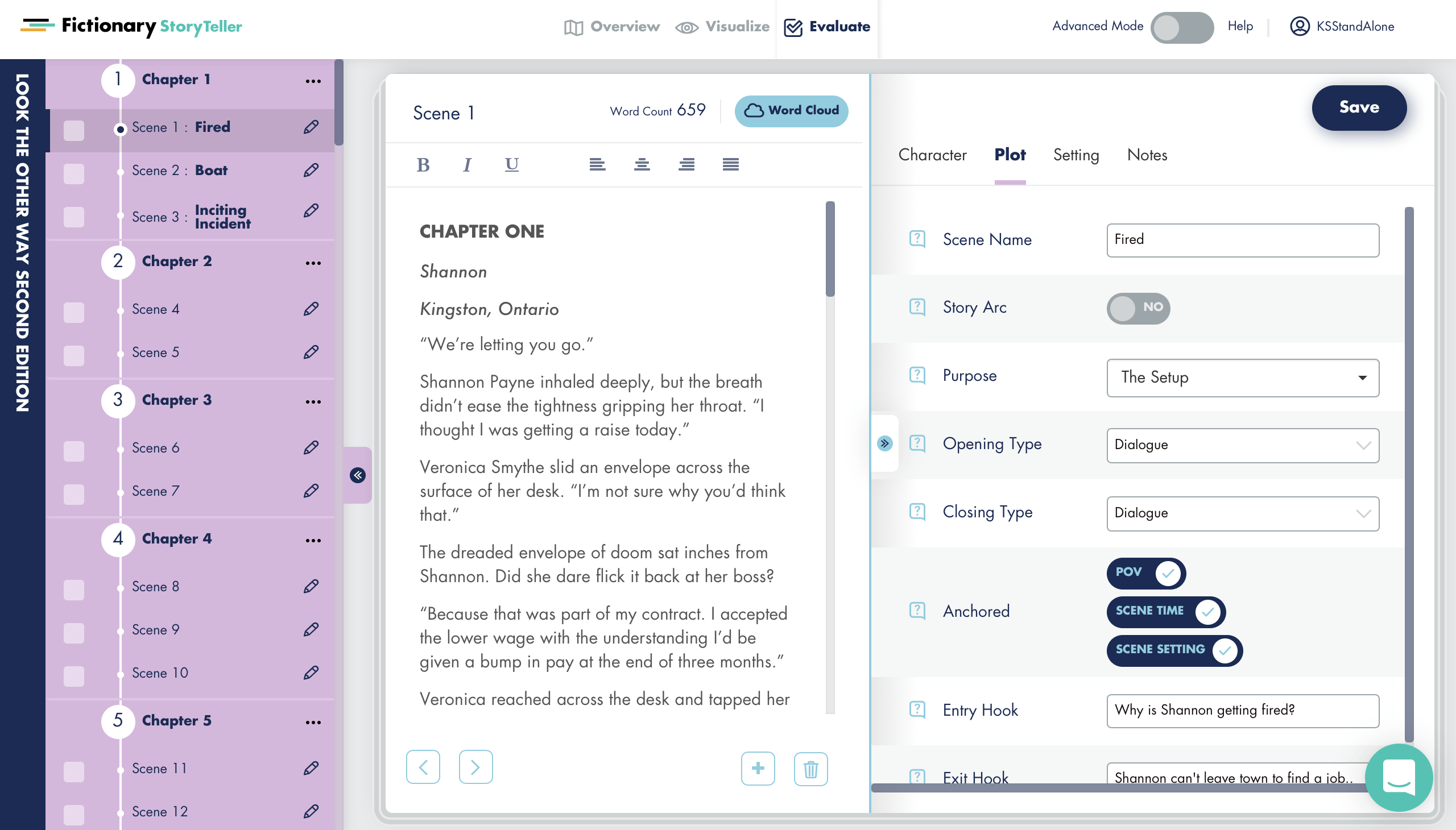You’ve finished your first draft, and you’re about to embark on rewriting that draft, turning it into a powerful story.
Now is the time to focus on plot and structure. Word choice, style, and copyediting are all important, but if you don’t have a great story, it doesn’t matter if you’ve proofread to perfection. Excellent grammar and punctuation alone won’t sell books. A great story will sell your book.
But where to begin? If you start the rewriting process, also known as revision, in an organized way, you’ll get the work done faster. To help get organized, think of your draft in terms of PLOT, CHARACTER, and SETTING.
Today, we’ll focus on PLOT.
Plot describes the events that take place in your story. The events occur in a sequence, and that sequence forms the structure of your novel. You’ll most likely have a main plot and one or two subplots. Your protagonist (main character) follows the main plot. Secondary characters follow the subplots.
Your job as a writer is to evaluate how you’ve written the plot (and subplots) and to rewrite until you’ve created a compelling story for your readers. Then you can move on to word choice, style, and copyediting.
Your plot is made up of scenes. If you make each scene great, have each scene flow from one to the next in a way that makes sense to the reader, and pay attention to the key elements of fiction for each scene, you’ll end up with a great novel.
With 80,000 to 100,000 words in your draft, the task of rewriting can be overwhelming. But it doesn’t need to be. All you need is a place to start.
The first element under PLOT to evaluate is the purpose of the scene. The purpose of the scene must relate to the overall story. If it’s not driving the story forward, ask yourself why you included the scene in your novel.
Once you know the purpose of each scene, you want to test how the flow of your novel is working. To do this, keep track of how you enter and exit each scene.
For entering each scene, do you:
- Vary the way you enter each scene in your draft?
- Have a hook that draws the reader into the scene?
- Anchor the reader in terms of point of view, setting, and timing?
For exiting each scene, do you:
- Vary the way you end each scene?
- Have a hook that makes the reader want to start the next scene?
- Use a technique that connects the current scene to the following scene?
How will Fictionary help you focus on plot?
StoryTeller guides you through the key elements of fiction for PLOT, CHARACTER, and SETTING. The screenshot below shows you how we plan to lead a writer through the process of evaluating plot.

StoryTeller will guide you through your manuscript, illustrating weak areas in plot, character, or setting that will lead you to make changes to your novel. With a guided approach, you’ll know which areas of your manuscript you’ve addressed and which you haven’t. This will speed up your rewriting process by enabling you to focus only on areas that need revision.
StoryTeller will save you money on future editing. If an editor works on your novel before you’ve finished addressing structural issues, the editor will spend time on changes you could have already made. By doing this work yourself, you’ll learn how to write better fiction and you’ll receive higher quality comments from an editor.
Learn more about
- Writing captivating stories
- Characters (Characters and novel structure)
- Settings (Setting and novel structure)
If you’d like to listen to an in-depth discussion on story editing, check out Story Edit Like A Pro.
Perform a Story Edit With Fictionary StoryTeller
StoryTeller is creative editing software for fiction writers. Transform your story, not just your words. Successful stories depend on your ability to edit, improve, and revise your work. Only when you master story editing, can you master storytelling.
Why not check out Fictionary’s StoryTeller free 14-day trial and tell powerful stories?
Thanks for reading!

